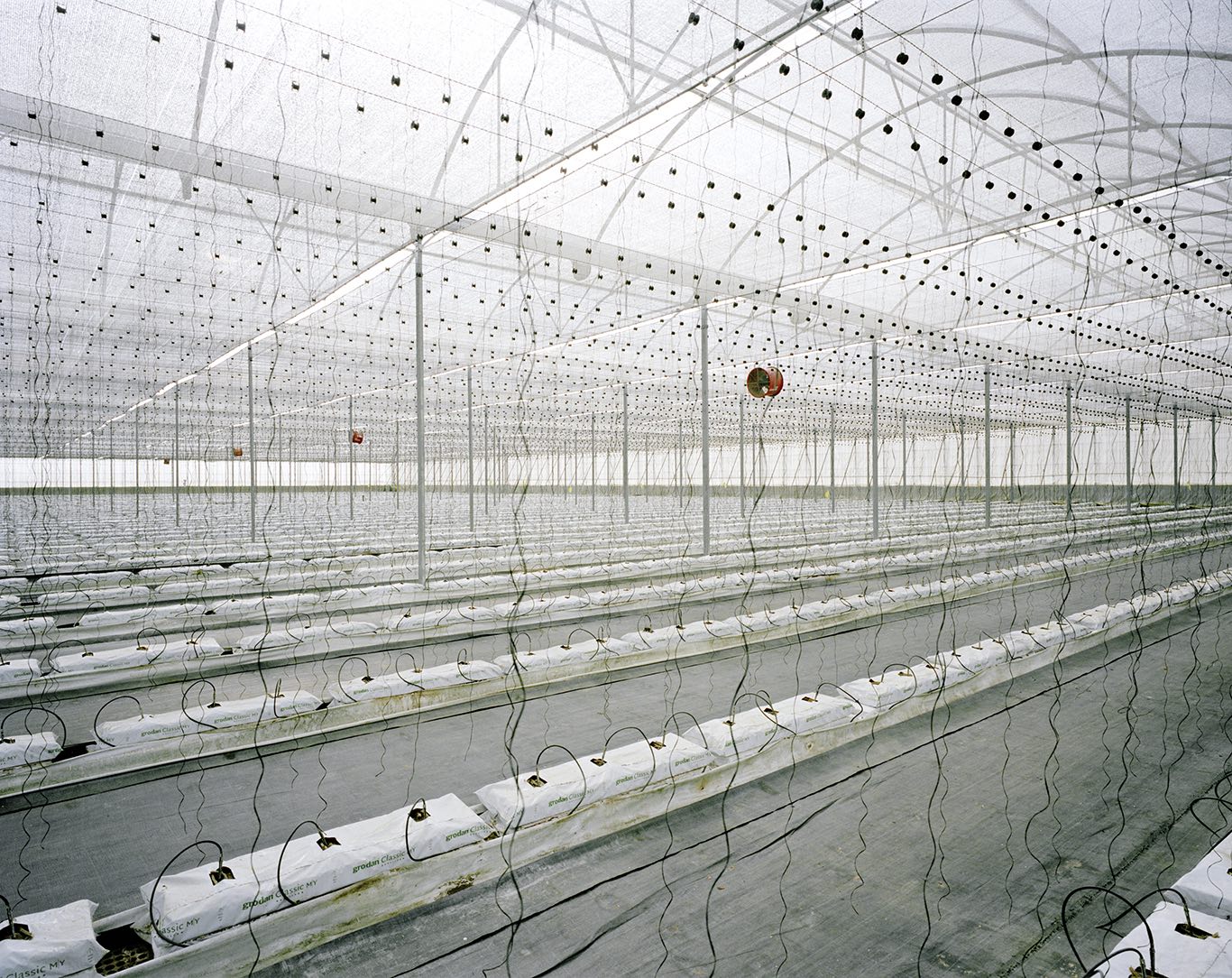Blind Sensorium: Antropologia visual
Armin Linke's work focuses on documenting the effects of globalization and infrastructure on different local populations. Through this exhibition, a co-production by Fundació Sorigué and Matadero, the artist proposes a visual approach to climate change and its material landscape from a rigorous and reflective perspective.
'Blind Sensorium: Antropología visual' is the result of a long-term collaboration with Fundació Sorigué based on research, for the creation of an extensive project on the Anthropocene, which has been presented in the context of European cultural exhibitions and programs in recent years. This exhibition, which represents the first solo presentation in Spain of Armin Linke's work, combines different aspects of the investigation, presenting a selection of elements dedicated to the relationship between planetary ecosystems, political institutions and scientific infrastructures through a visual analysis of the conflictive spaces of climate change.
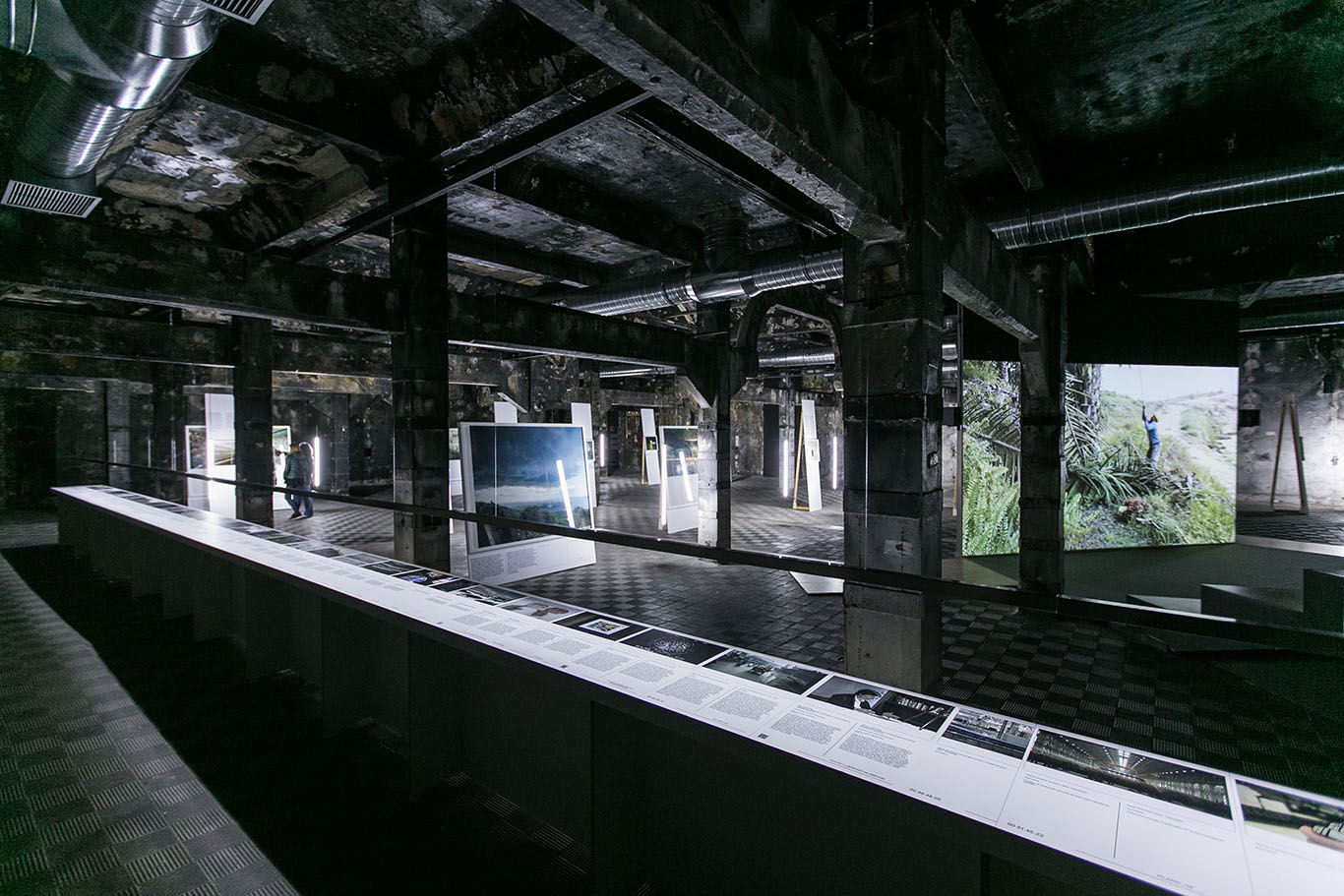
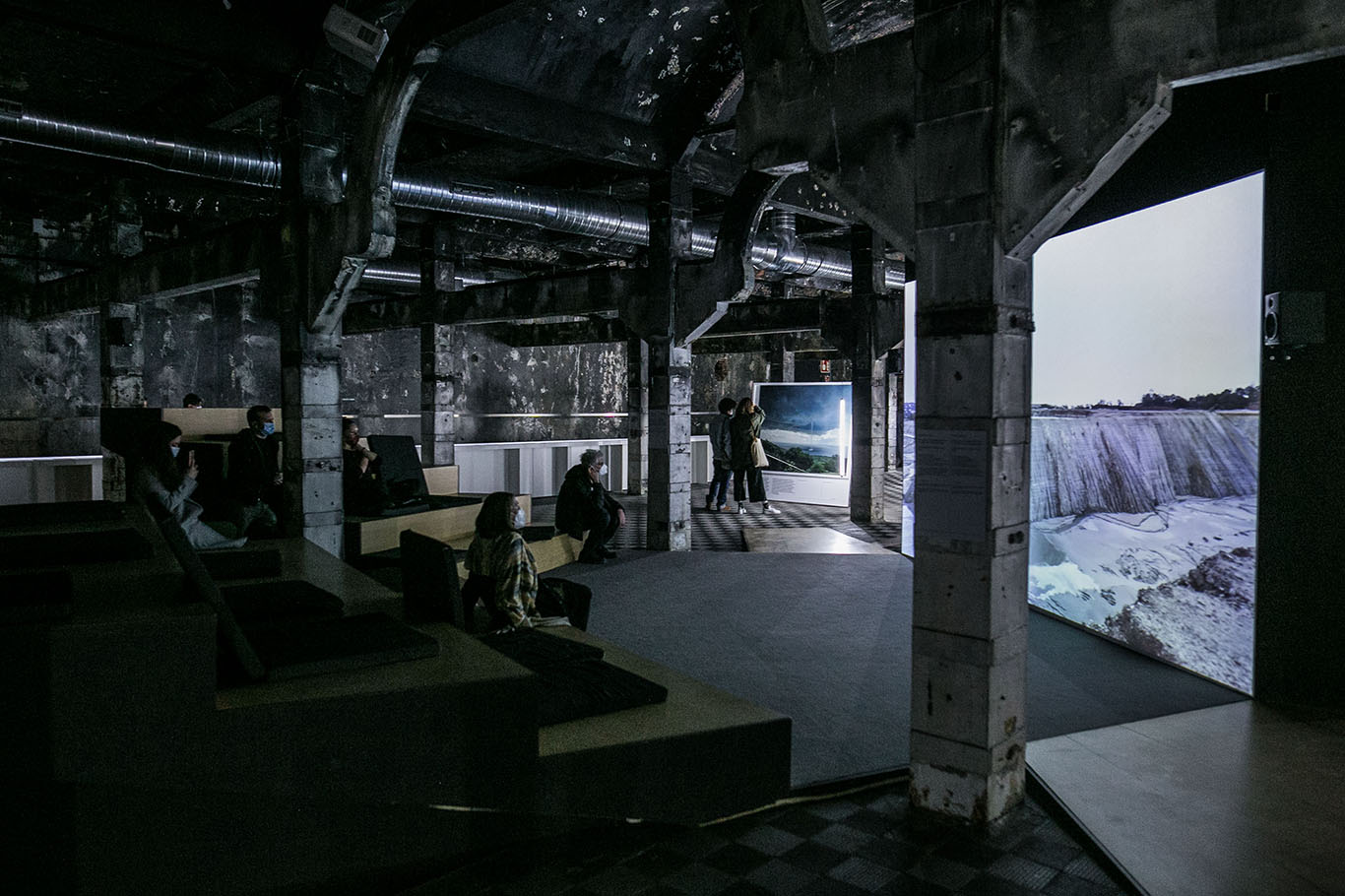
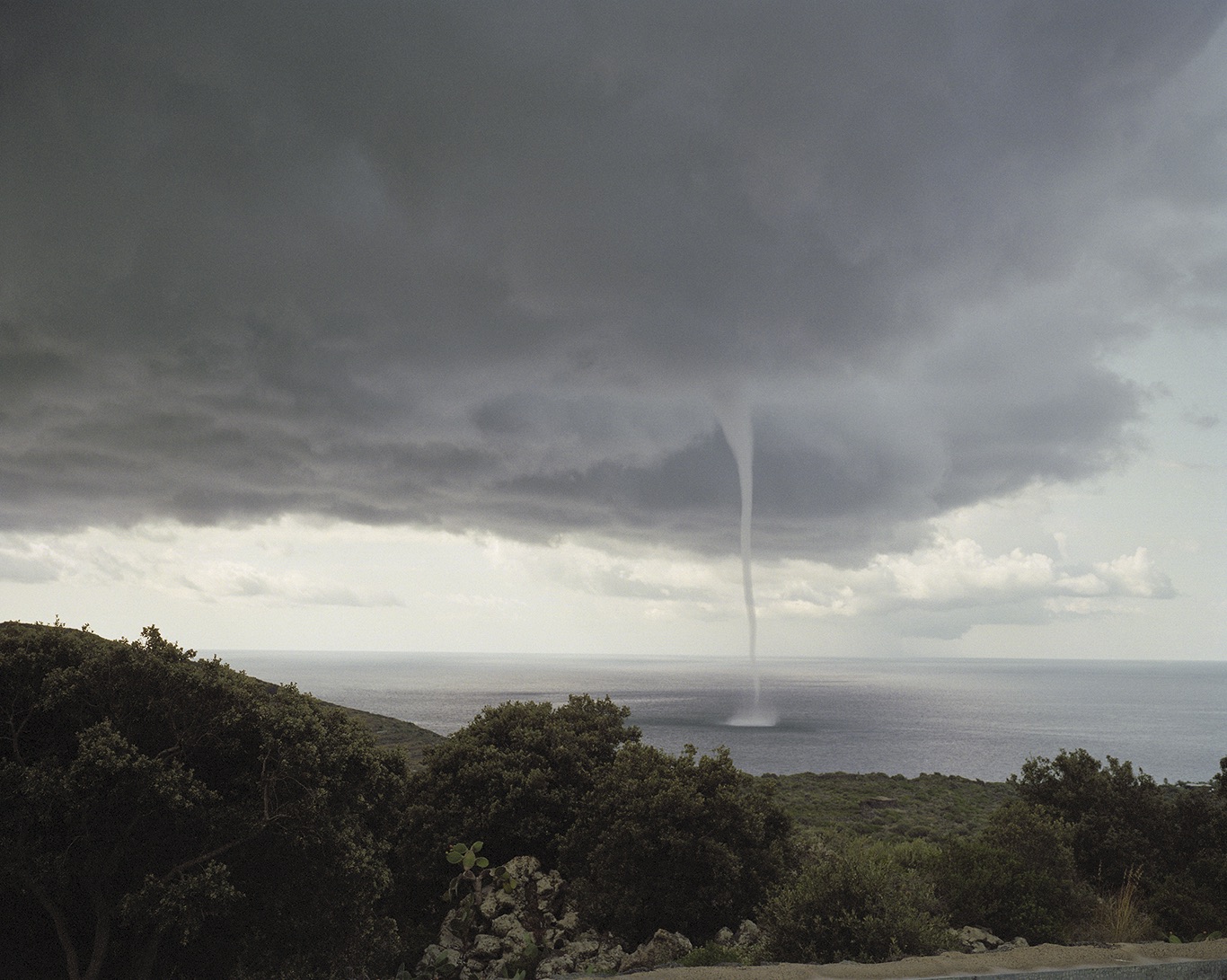
In ordine: veduta della mostra presso Matadero, Madrid; Tornado, Pantelleria (TP), Italy, 2007 © Armin Linke, 2007
The video installation 'Blind Sensorium' is a synthesis of more than ten years of field- work by Armin Linke and his collaborators Giulia Bruno and Giuseppe Ielasi. Using both photography and film, they have produced a visual anthropology of the politics of climate change. They asked: What is the role of images and representation in this political land- scape? What does it mean to observe processes of which one is inherently a part?
Linke and his team have followed and interviewed scientists, politicians, and activists and have gained access to laboratories, data centers, the negotiation rooms of the United Nations, sites of resource extraction and critical locations for the Earth’s ecosystems. It is this research into modern institutions and their role in the present world, which asks whether these institutions are capable of answering the existential challenges of the present. The resulting film recounts this journey and presents an image of the entangled relations, the deadlock between politics, science, economics, finance, culture, and the logic of technological innovation.
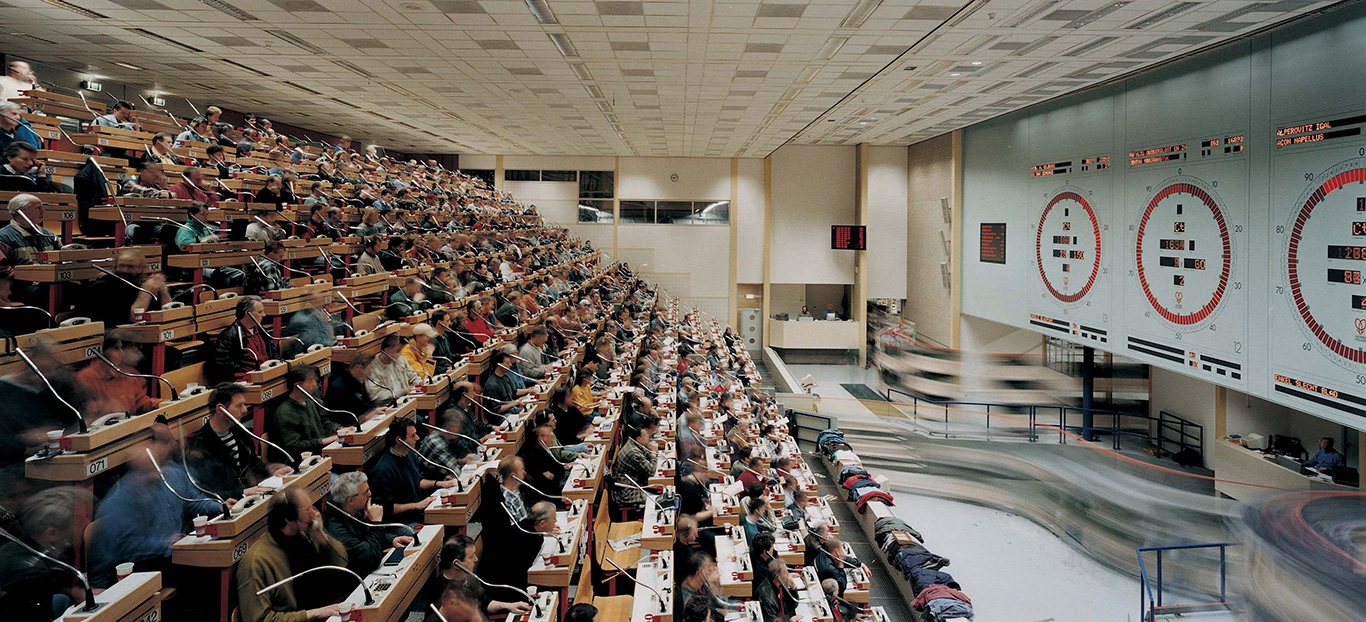
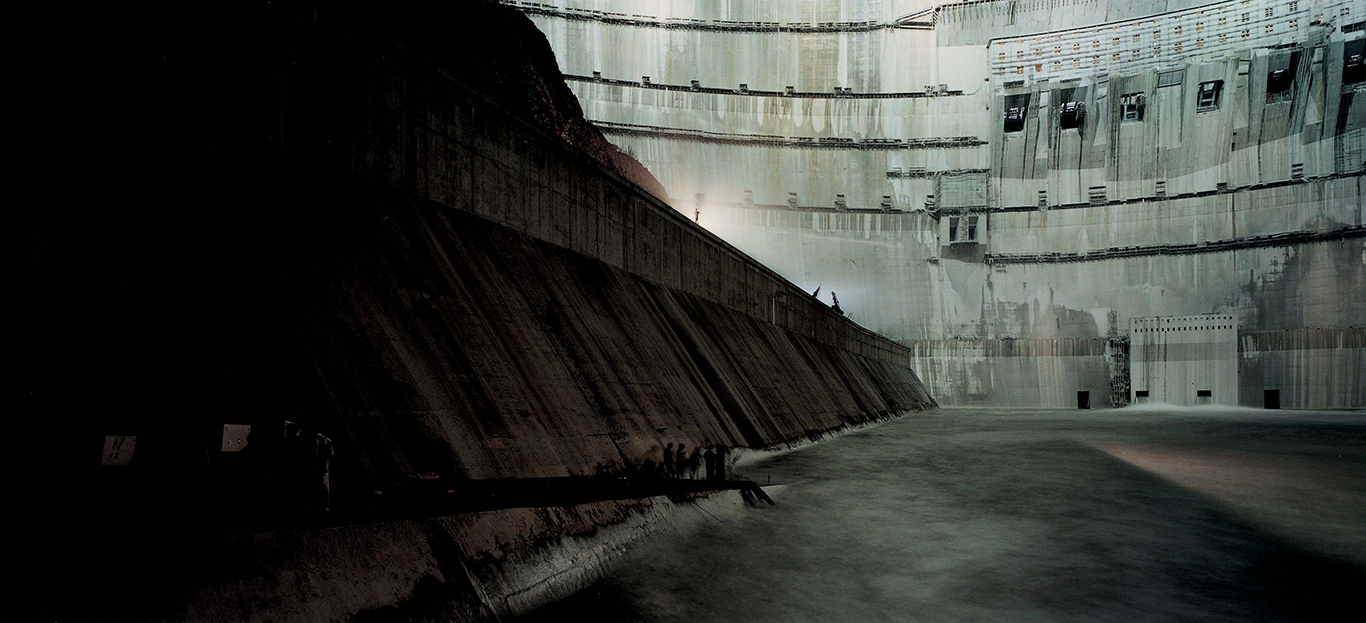
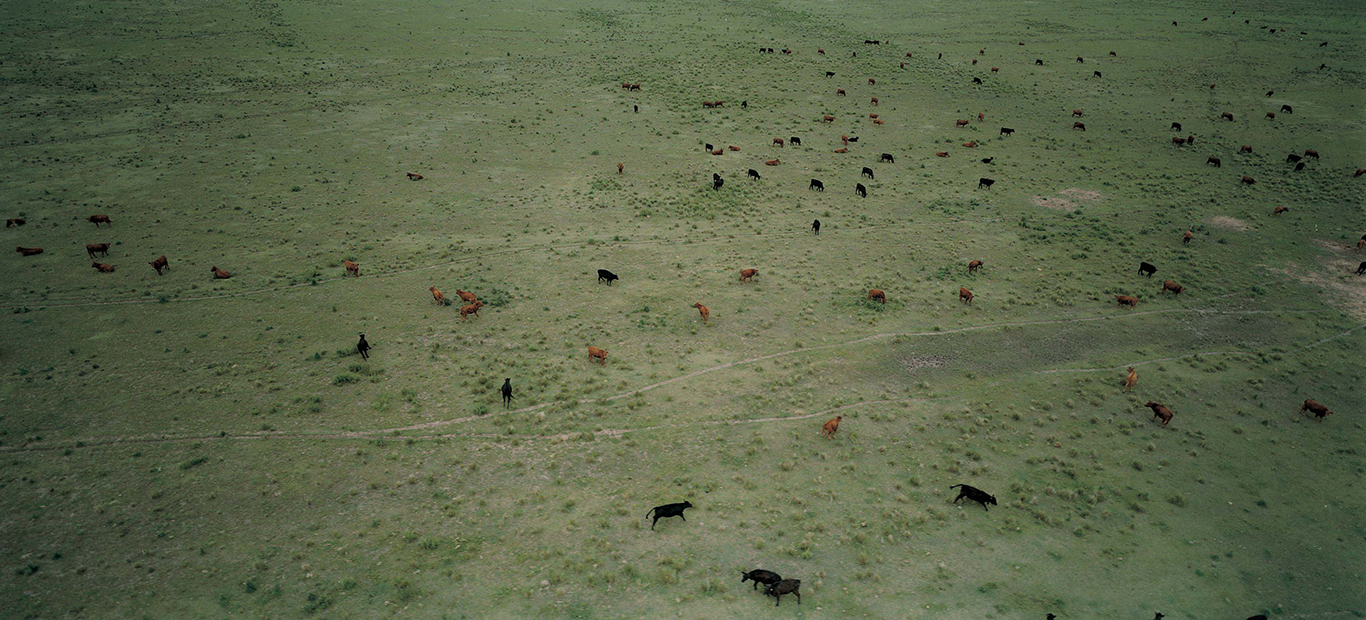
In ordine: Aalsmeer Flower Auction, Aalsmeer, Netherlands, 1998 © Armin Linke, 1998; Ertan Dam, downstream side, Panzhihua (Sichuan), China, 1998 © Armin Linke, 1998; Herd, Cordoba, Argentina, 1999 © Armin Linke, 1999
As an integral part of the video installation, a twenty-six-meter-long timeline visualizes the scenes and topics contained in the film. And just as the film shows how a core provides the geological timescale —a chronology of life on Earth and history—the timeline interprets the scenes of the main film and offers visitors the chance to learn more about the topics covered. Accessible via QR codes, additional footage filmed by Armin Linke and his collaborators, as well as archival materials, serve as footnotes. In addition, researchers Margarida Mendes, John Palmesino, Birgit Schneider, Anna Tsing and Etienne Turpin respond to the different issues with short lectures presented in the video installation.
As the third element of the room-filling installation, an exclusive selection of photographs from Linke's archive have been staged along with quotes from notable scientists and theorists Ariella Azoulay, Lorraine Daston, Franco Farinelli, Bruno Latour, Peter Weibel and Jan Zalasiewicz, who were invited by the artist to comment on his photographs. These images from around the world present an artistic inquiry into the forces that change the face of the Earth.
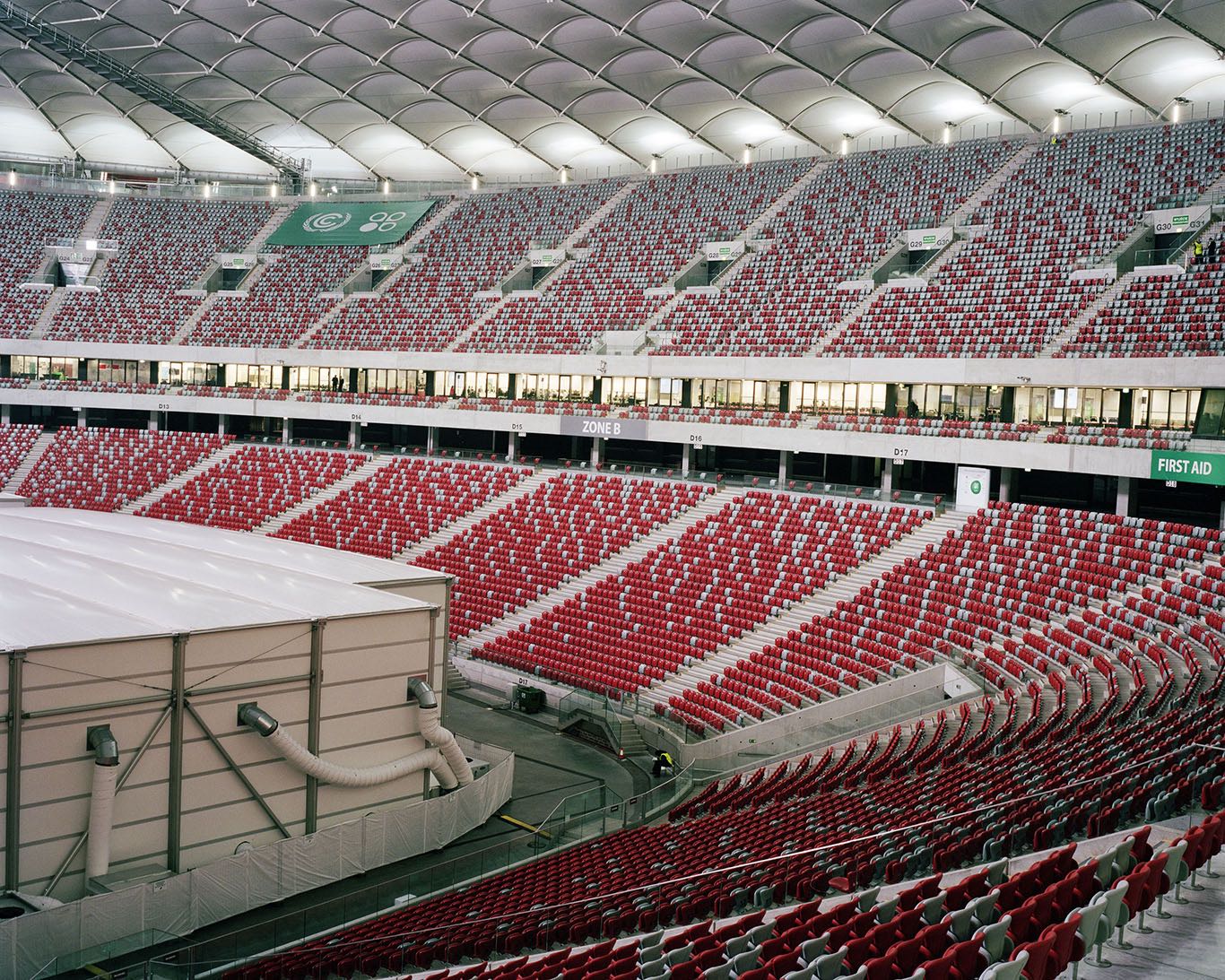
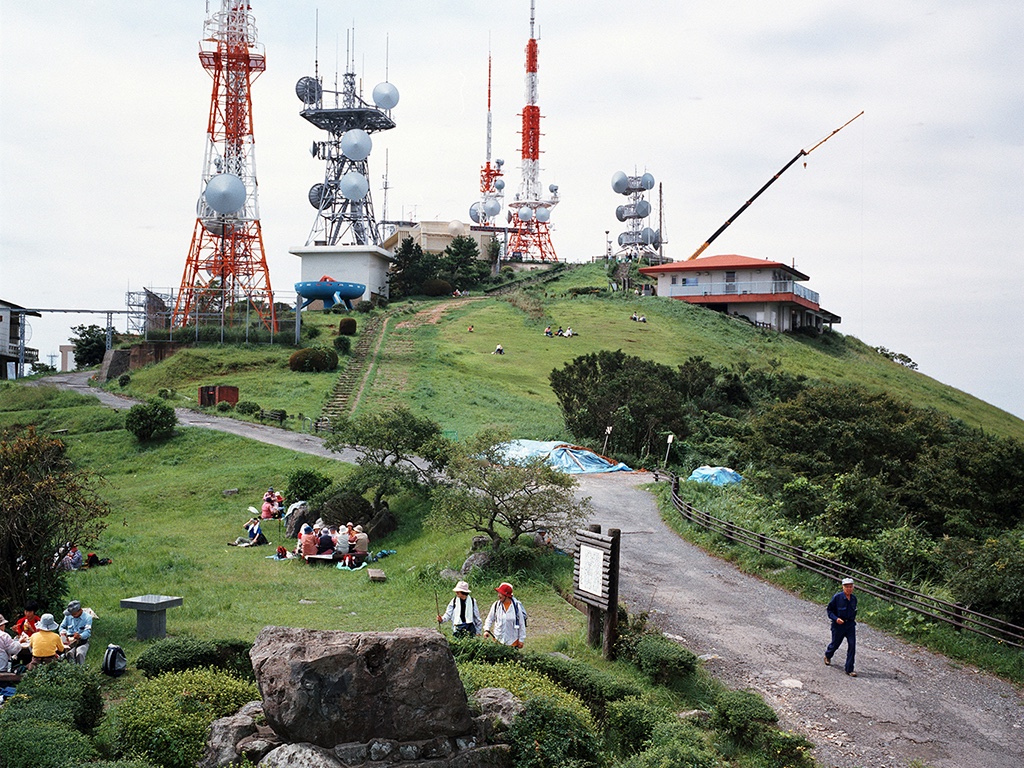
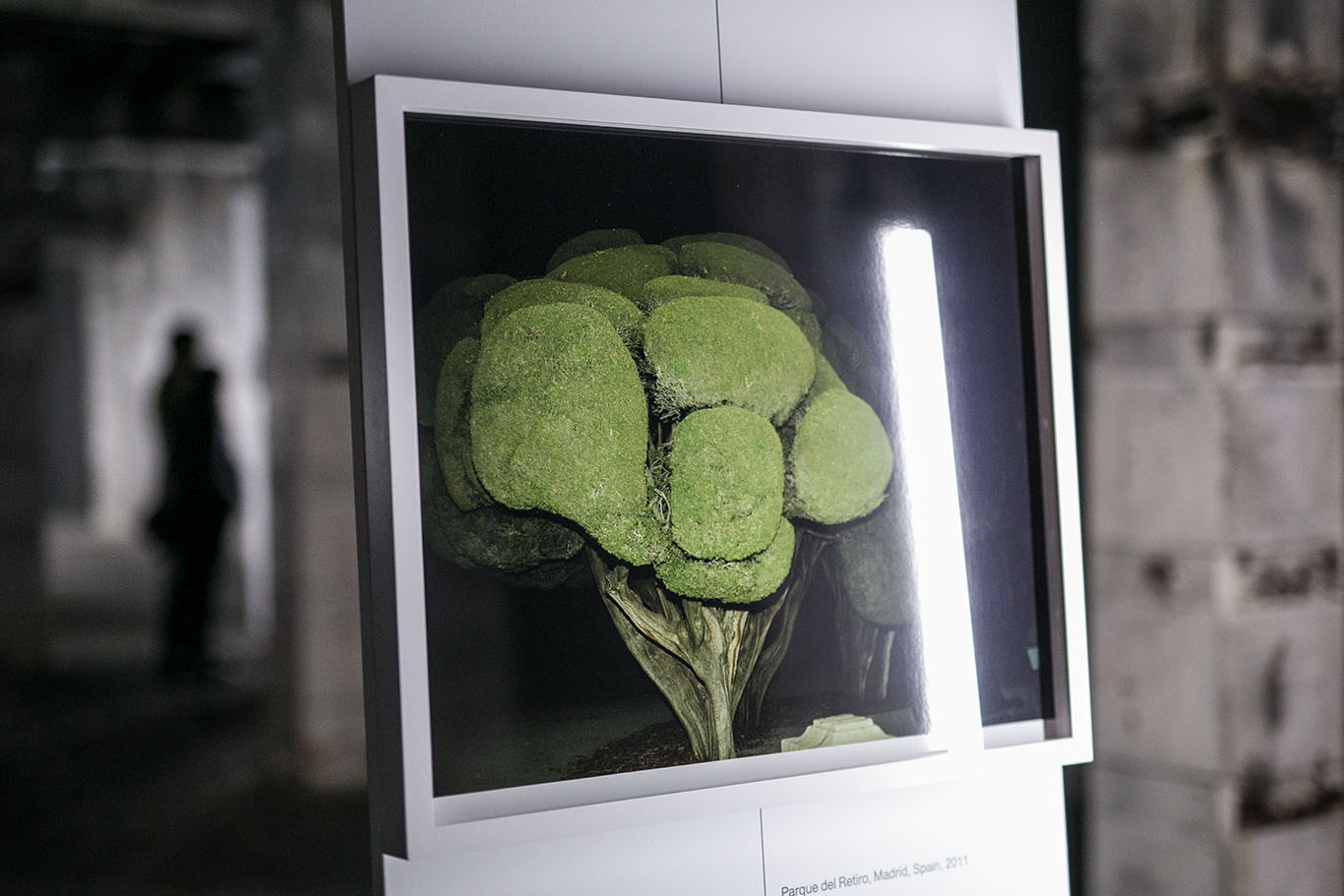
In ordine: United Nations, COP19 Climate Change Conference, Warsaw, Poland, 2013 © Armin Linke and Giulia Bruno, 2013; Mountain with antennas, Kitakyushu, Japan, 2006 © Armin Linke, 2006; Veduta dell'installazione, Matadero, Madrid
ARMIN LINKE
BLIND SENSORIUM
Antropologia visual
Matadero, Madrid
Fino al 20 maggio 2021

